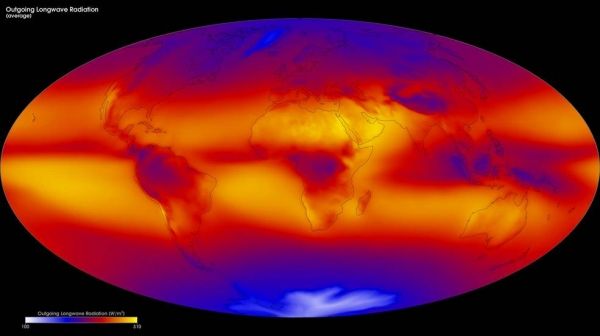This radiation balance is a key factor in determining our climate: if Earth absorbs more heat than it emits, it warms up; if it emits more than it absorbs, it cools down.
The new instrument, named Libera, is NASA’s first mission selected in response to the 2017 National Academies’ Earth Science Decadal Survey. The project’s principal investigator is Peter Pilewskie of the University of Colorado Laboratory for Atmospheric and Space Physics in Boulder, Colorado.
“This highly innovative instrument introduces a number of new technologies such as advanced detectors that will improve the data we collect while maintaining continuity of these important radiation budget measurements,” said Sandra Cauffman, acting director of the Earth Science Division at NASA Headquarters in Washington.
Libera will measure solar radiation with wavelengths between 0.3 and 5 microns reflected by the Earth system and infrared radiation with wavelengths between 5 and 50 microns emitted from the Earth system as it exits the top of the atmosphere. The sensor will also measure the total radiation leaving the Earth system at all wavelengths from 0.3 to 100 microns. An innovative additional “split shortwave” channel measuring radiation between 0.7 and 5 microns has been added to enable new Earth radiation budget science.
Continue reading at NASA
Image via NASA


